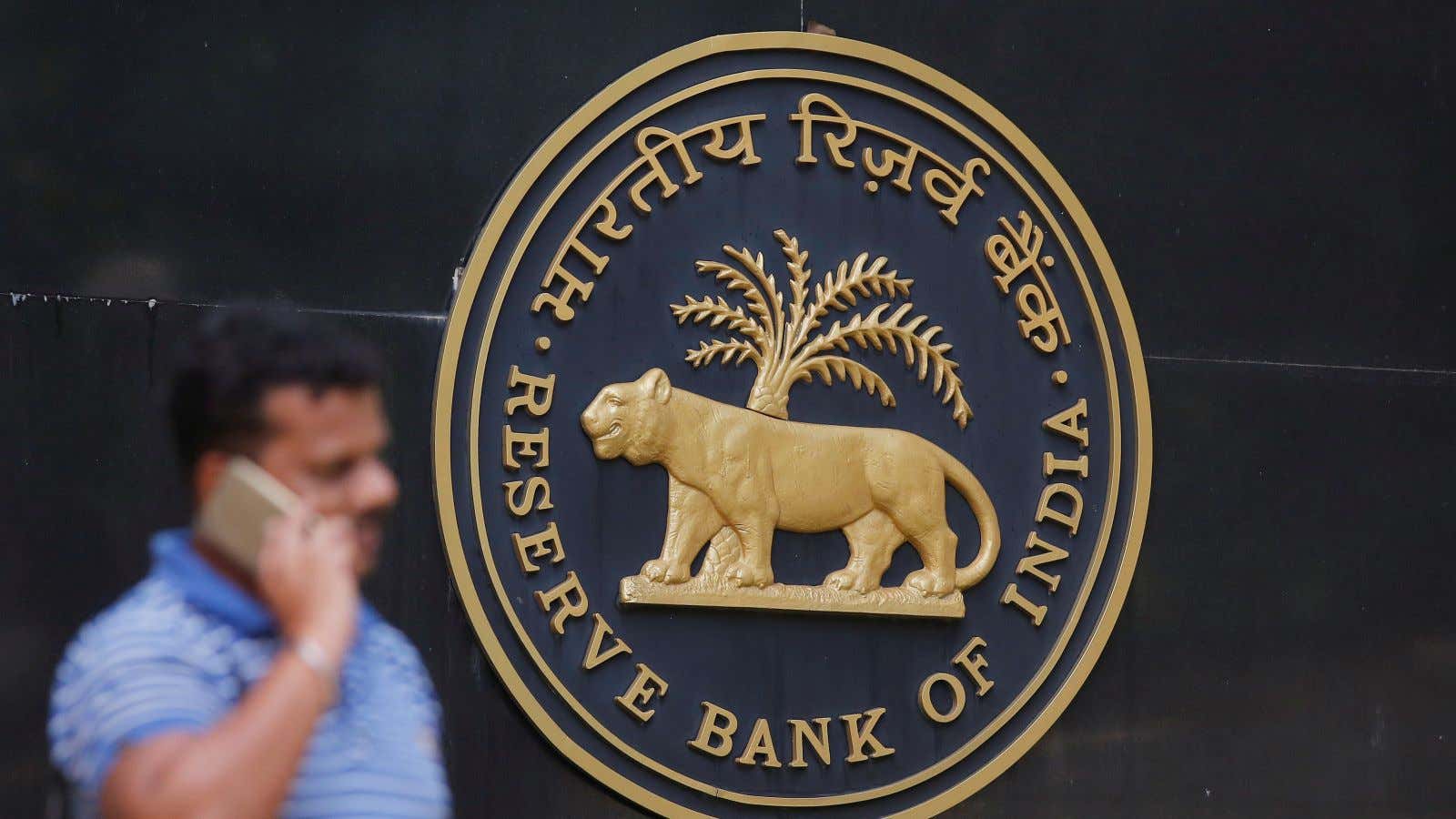Only a few players rule India’s retail payments system.
For credit cards, big banks such as HDFC Bank, State Bank of India, ICICI Bank, Axis Bank, and Citibank manage about 28.99 million cards out of the total 37.4 million in circulation, i.e., over 75% of the market. The situation is no different in the debit card segment, according to data from the Reserve Bank of India (RBI).
In the digital payments ecosystem, Paytm is the 800-pound gorilla. The mobile wallet firm claims to have over 200 million users in India, which is 40% of the country’s more than 500 million mobile phone users.
This concentration of power is making India’s banking regulator increasingly uncomfortable, especially as the country’s retail payments ecosystem expands rapidly. Not only does the situation put a large number of users at risk if even one company goes under, a select few firms also end up with the personal data, like spending and preferences, of a large number of people. That’s business intelligence worth its weight in gold.
So, the RBI now plans to step in, and will release a consultation paper by Sept. 30 on how to widen the market. “The RBI plans to encourage more players to participate in and promote pan-India payment platforms so as to give a fillip to innovation and competition in the sector,” the central bank said on June 06.
But it is unclear exactly how the regulator plans to go about it.
“Firms that are able to acquire customers are the leaders in the space as it is a costly process,” said Ashvin Parekh who runs Ashvin Parekh Advisory Services. “So, despite the nudge from the RBI, it will be difficult for smaller banks to play catch-up with the big boys because they may not have the necessary muscle power.”
Therefore, it’s possible that the central bank may prod firms towards adopting more shared, or inter-operable, infrastructure, like in the case of ATMs, believes Parekh.
Whatever route the RBI takes, millions of Indian consumers stand to gain.
“Some firms already have a lead in the payments ecosystem and a small push from the RBI to the remaining firms can help in broadening the segment. Moreover, increased competition will also lead to innovation which is good for the users,” said Kalpesh Mehta, partner at auditing firm Deloitte Haskins & Sells.
Another aspect that could come under scrutiny is customer protection and data management, particularly with more customers using their cards and online channels for payments.
And with companies being hauled up for data breaches, the RBI may likely look at doing more to protect customer details by ensuring more robust grievance redressal and management, said Vivek Belgavi, head of financial services technology at PwC India.
“RBI has already started doing ground work on protection of data by asking foreign firms to store data locally,” he said, “But a lot more can be done and that is what these new polices may aim to address.”
